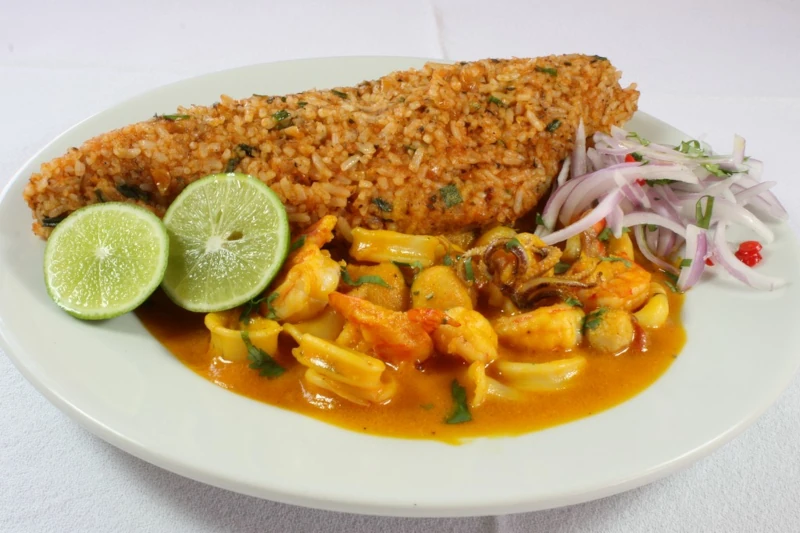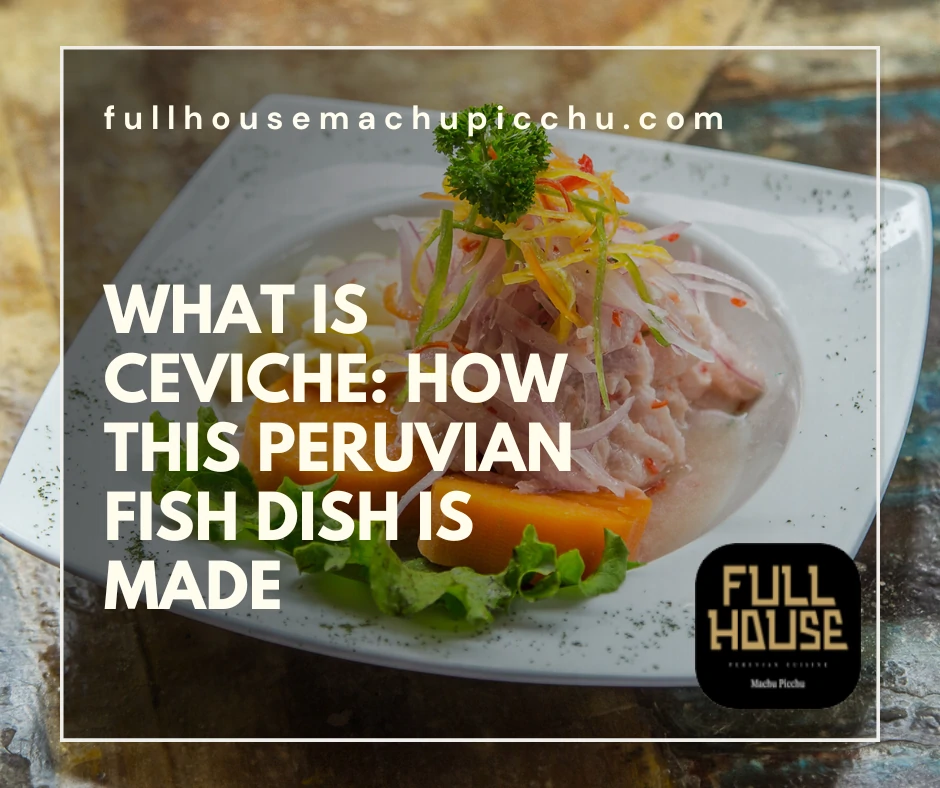Peru, a land of great cultural wealth and culinary prowess, has always captivated globetrotters with its rich tapestry of tastes and textures. Unraveling this vast culinary heritage brings us to one dish that sits at the heart of Peruvian cuisine and carries a delectable narrative in every bite: Tacu-tacu. Known for its simplistic allure and savory charm, is a gastronomic icon that embodies the spirit of Peruvian home cooking.
In this article, we set off on a culinary expedition to delve into the delightful world of this amazing plate, its origins, traditional preparation, and unique place within Peru’s vast gastronomic panorama. Whether you’re a seasoned foodie, an ardent culinary historian, or a travel enthusiast looking to broaden your cultural horizons, prepare for a delicious adventure through the fragrant streets of Peru, as we uncover the story and secrets behind this beloved national dish.
The humble origins: Tracing the historical roots of culinary delight
Tracing Tacu Tacu’s roots, we find ourselves in the vibrant heart of Afro-Peruvian culture. Born out of necessity, it carries a narrative of resilience. It sprouted in the kitchens of African slaves brought to Peru during the colonial era. Limited resources led these communities to invent and adapt.
The dish is a culinary testament to their ingenuity. Tacu-Tacu essentially means “to mix” in Quechua. This name speaks to the dish’s core – leftover rice and beans, mixed and then pan-fried. This simple staple, economical yet satisfying, is steeped in history.
In a nation boasting dishes like Causa Limeña and Anticuchos, this plate may seem modest. It lacks the complex flavors of Causa Limeña, a layered potato dish. It doesn’t have the grilled appeal of Anticuchos, skewered beef heart delicacy. But this is precisely its charm.
this Peruvian plate’s simplicity and humble origins create its distinct identity. It’s a rustic blend of sustenance and sustainability. It’s a reminder of Peru’s diverse influences, particularly the impact of Afro-Peruvian culture.
Its existence transcends the boundaries of a mere dish. It’s a historical footprint, an ode to a time and people whose influence on Peruvian cuisine often goes unnoticed. As such, this blend of rice or beans is not just a meal; it’s a celebration of cultural endurance. It remains a beloved comfort food for many Peruvians.
Today, while you may find this plate served with extravagant sides like seafood or steak, its essence remains true. It carries the narrative of its past, a delicious testament to culinary inventiveness born of necessity.

The traditional preparation and ingredients of this traditional dish
The preparation of this traditional dish is a dance between simplicity and flavor. Its basic ingredients echo the modesty of its origin – leftover rice and beans.
The traditional method starts with reheating these leftovers. Next, they’re mashed into a homogenous mixture. This simple blend of rice and beans creates the hearty base.
The “Tacu Tacu” mixture is then shaped into a patty or loaf. It’s usually pan-fried until it forms a crispy golden crust. The delicious contrast between the crispy exterior and soft interior is key to its appeal.
This culturally significant plate can be a standalone meal. However, it’s often served with additional elements. Fried eggs, plantains, or a rich, spicy salsa criolla often accompany it.
In some instances, this plate also shares the table with a Pisco Sour. The refreshing cocktail complements the hearty dish perfectly. This combination highlights the diversity in Peruvian culinary culture.
Tacu Tacu also pairs beautifully with Picarones for dessert. These sweet potato and pumpkin donuts, drenched in syrup, offer a delightful contrast. The combination of this savory meal followed by sweet Picarones completes an authentic Peruvian dining experience.
Whether served as part of a lavish meal or as a simple lunch, Tacu Tacu showcases the rich flavor profile of simple ingredients. Each bite tells a story of a humble but hearty culinary tradition.
The popularity of this peruvian classic has moved it beyond the home hearth. Today, it graces menus of high-end Peruvian restaurants worldwide. Despite its culinary elevation, its preparation remains true to tradition, reflecting the enduring charm of this iconic dish.

Tacu Tacu’s cultural significance and influence in Peruvian cuisine
In Peru, Tacu-Tacu is more than a dish. It is a symbol of historical resilience and cultural amalgamation. Its significance stretches beyond the realm of gastronomy.
Tacu Tacu’s influence is profound in the development of Peruvian cuisine. Its simple yet flavorful concept has been adapted in countless ways. Today, you’ll find it incorporated into a multitude of dishes.
Restaurants have elevated its status by pairing it with high-quality meats or seafood. This fusion approach maintains the traditional base, while expanding upon its flavors. Such variations have led this plate to play a major role in Peruvian fusion cuisine.
Even with these innovations, the dish remains anchored in its roots. this traditional dish continues to be a common family meal across Peru. Its versatility means it can be enjoyed at any time of the day.
Tacu Tacu’s influence extends to international cuisine. The concept of transforming leftovers into a delicious meal is universally appealing. As a result, it has found a home in many kitchens around the world.
Peruvian chefs often experiment with this dish. For example, the spicy kick of a rocoto pepper can be incorporated into the dish. This fusion of traditional and modern flavors illustrates the evolving Peruvian culinary landscape.
In essence, this iconic dish is a reflection of Peru’s culinary heritage. It’s a testament to the adaptability and creativity of Peruvian cooks. Its humble origins, culinary versatility, and cultural significance have made this culinary delight an iconic part of Peruvian gastronomy. Its story is a beautiful example of how a simple dish can capture the essence of a nation’s cuisine.




